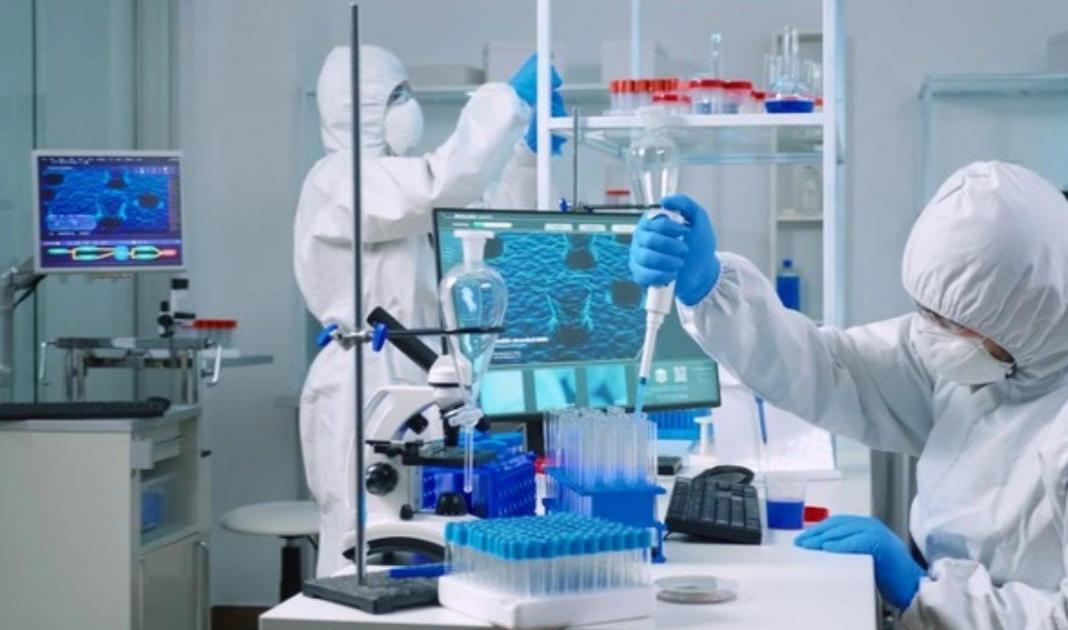To test for antimicrobial fabric, the JIS l 1902 test method becomes the right option and is committed to providing an exact result. Suppose you want to test the Antibacterial activity and efficacy over these textile goods, which is specially designed to check out the ability of the overall fabric. Then it is treated with several antimicrobial agents to save the overall microbial development and kill out the d different microorganisms for 18 hours. Suppose you want to go for a test with 3 types: qualitative, quantitative, and absorption method.
Here the qualitative method is always the same as the Halo method, which is a zone of inhibition with several modifications such as adding the inoculums into the part of the molten agar and allowing having solid before linking this test method to the surface. The above two methods, the absorption method, is similar to another popular antimicrobial test process that supports calculating the good result finely.
Overall summary of JIS l 1902 test method:
If you come to the test, the different micro-organisms are well prepared for the overall growth in the liquid culture medium support. This test is static by diluting the part of the nutritious broth, which becomes more necessary. It is specified with the help of this method. The growth of microorganisms needs to have a proper control fabric for testing the correct values. It gives the proper control, and good tests are inoculated with different triplicates. This method ensures the inoculums is alone in contact with the different fabrics.
The basic microbial concentration help to find out the time zero with the help of elution. Hence dilution and plating provide proper fabric control as soon as possible after completing the inculcation. Both the incubation and final microbial ideas are found out and if there is a reduction of microorganisms relative to basic concentration and give proper control fabric are well calculated.
The proper control is a function to ensure the neutralization and another elution method become more effective. Hence neutralize the given antimicrobial agent in the part of the test fabrics in a winning way. Therefore you have to go with this JIS l 1902 test method to find out the bacterial in the atoms and give the best result.
The overall strength of the JIS L1902 test procedure:
The parameter procedure is spelt out carefully, and an alternative antimicrobial fabric procedure is also known as the ATTCC 100. This procedure provides quantitative and better results for the common reproducible. If you come to test both bacteriostatic and bactericidal, which is given in the property of the antimicrobial fabric, you have to use the JIS l 1902 test method. The microbial concentration is well static, and bacteria will begin to provide several nutrients at the incubation time.
Then it provides ample chance to develop when test fabrics never sufficiently antimicrobial support and solution. The stipulates triplicate experimentation procedure support to have deep research estimate the single test’s precision. Then it increases the overall experimental accuracy satisfactorily.
If the method gets a pass or fail, it calculates the level of antimicrobial activity in the test samples. Then it helps to find out the over al antimicrobial activity, which is a less discretionary solution.
Weaknesses of the JIs L 1902 test:
The link between the product performances of this method is the safer and actual output of this method. It has given proper outcome on odour inhibition, infection control which is well understood. We and the EPA commonly accept the method for so is known as the health claims if you come to the overall test fabric method with hydrophilic which is too hard to test in this method.
The JIS l 1902 test method standard has been distributed with the help of the International Standards Organization with little change as the ISO 20743 norm. This Standard has been distributed in our country by the Turkish Standards Institute with the accompanying title: TS EN ISO 20743 Textile – this method helps to find out the antibacterial action in antibacterial completed textures simply and effectively.
Test strategies introduced in the JIS L 1902 standard become painstakingly planned, and elective antimicrobial texture test strategy gave in the AATCC 100 norm. Both bacteriostatic and bactericidal properties are tried on a specific antimicrobial texture. This test strategy is quantitative, and the outcomes are frequently reproducible. Then again, this test technique assists specialists with assessing the precision of individual tests and gives triple tests that expand by and large trial exactness.
Different methods:
This Standard is pertinent to all material items, including fabric, wadding, string and material for a dress, bedclothes, home decorations and random merchandise, paying little heed to the kind of antibacterial specialist utilized or the strategy for the application.
Read: Know All About the EN 14476 Testing
Because of the common application and on the climate where the material item is to be utilized and on a superficial level properties of the material properties, the client can choose the most reasonable of the accompanying four assurance strategies on assurance of antibacterial action. Hope you are suggested to try with this JIS l 1902 test method to analyze the exact data of bacteriostatic
1. Absorption technique:
An assessment strategy in that bacterial test suspension is immunized straightforwardly onto the examples.
2. Transfer technique:
An assessment strategy in that test microorganisms are set on an agar plate and moved onto the examples.
3. Printing technique:
An assessment strategy in which test microbes are set on a channel and imprinted onto examples.
4. Halo technique:
A subjective strategy to assess by the presence of corona. The state plate count technique and the Adenosine Tri-phosphate will radiance strategy are additionally indicated for estimating the list of microbes. The assessment of photocatalytic antibacterial viability treated on the photocatalytic completed material item will be done by JIS R 1702.
Testing
This testing will be done by alteration to the Japanese International Standards Association’s Test Method JIS L1902. It is intended to decide the antibacterial properties of absorbent articles treated with a functioning biocidal specialist. Test textures contrast with a control texture at 0 hours and 24 hours of contact time. A suspension of live microscopic organisms in a somewhat edible arrangement is applied at a few focuses to each example. JIS l 1902 test method t textures are brooded at 37°C for 24 hours.
Then, at that point, the excess live microorganisms are recuperated from each example with killing stock and weakening plated on nutritive media to get a quantitative count of province shaping units per gram of test texture and contrast and the control.
What is data analysis?
In-house control results will be utilized to check test legitimacy. Information will be determined to decide the quantifiable microbial weight in state shaping units per gram of material (CFU/g) staying on each example. Information will be examined to decide the consistency between repeat tests in each set (n=6)… Using the JIS l 1902 test method, it is quite simple to calculate and provide the best output and give the best solution at all times. Information will be dissected to decide the percent decreases and log decreases of microbial weights on each test material contrasted with the negative control at each test condition.
Also Read:










